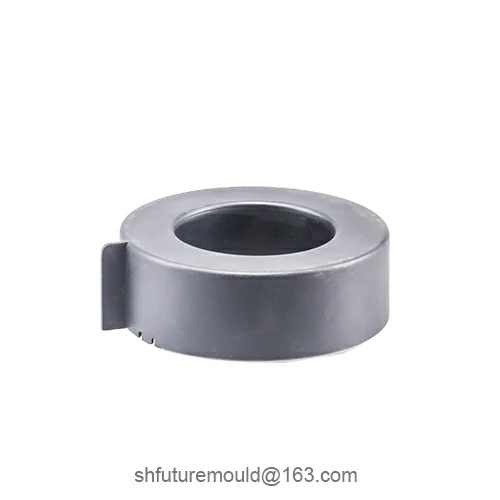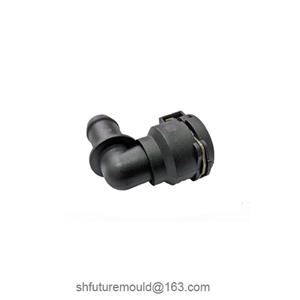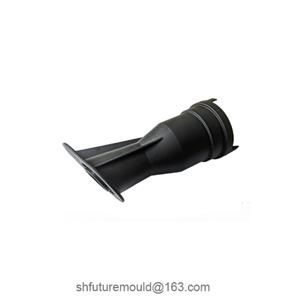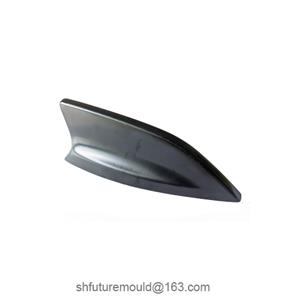How to Prevent Flash in Injection Molded Products?
Flash (also known as burrs or excess material) in injection molded products typically occurs when molten material leaks through the mold parting line, sliders, or gates.
Main Causes of Flash
1. Insufficient Clamping Force
When injection pressure exceeds the clamping force, the molten material forces the mold parting line to open slightly, creating a flash.
Poor Mold Parting Line Fit or Wear
Excessive gaps, uneven fit, localized wear, or scratches on the parting line create leakage paths for molten material.
Loose guide pillars or bushings lead to uneven clamping force distribution, causing partial parting line separation.
2. Excessive Injection or Holding Pressure
Overly high pressure during injection or holding phases, especially with prolonged holding times, forces material through the parting line.
High-Speed Flow or Impact-Induced Separation
Rapid injection speeds or abrupt stops generate localized high pressure at the parting line, pushing the mold surfaces apart.
3. Poor Mold Cooling or Venting
Overheating of the parting line causes thermal expansion, increasing the gaps.
Clogged vents prevent air from escaping, raising backpressure and forcing material through gaps.
Preventive Measures
1. Clamping Force Adjustment
Ensure clamping force exceeds peak injection pressure.
Adjust the clamping stroke to close the parting line fully.
2. Mold Maintenance and Design
Regularly inspect and polish the parting line to maintain smooth surfaces and uniform gaps.
Replace worn guide pillars/bushings.
Add small vent grooves or vent pins to high-risk flash areas.
3. Optimize Injection Parameters
Reduce injection and holding pressure to appropriate levels.
Use multi-stage speed control to avoid sudden pressure spikes.
Shorten the holding time to minimize prolonged high-pressure leakage.
Synchronize holding pressure initiation with the end of cavity filling.
4. Cooling and Venting Improvements
Optimize cooling channel layout near the parting line to prevent localized overheating.
Add vent grooves or pins between the parting line and sliders.
Clean vents regularly to ensure unobstructed airflow.
5. Material Preparation and Drying
Thoroughly dry plastic pellets to reduce melt viscosity fluctuations.
Select materials with appropriate viscosity to avoid overly thin melts prone to leakage.
6. Mold Structural Enhancements
Add locking mechanisms to side cores and sliders to minimize parting line movement.
Implement multi-point or wedge locking designs to ensure even force distribution on the parting line.
- Injection Mold
- Automotive Injection Mold
- Electronics & Electrical Injection Mold
- Consumer Goods Injection Mold
- Airplane Components Injection Mold
- Medical Components Injection Mold
- Irrigation Components Injection Mold
- Injection Molds




